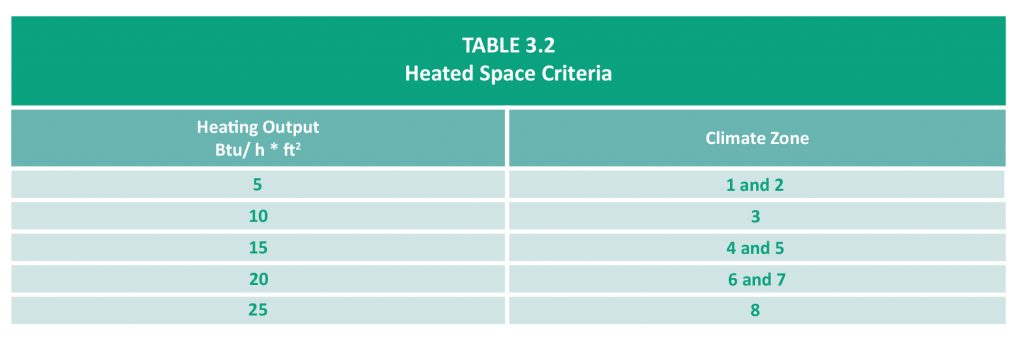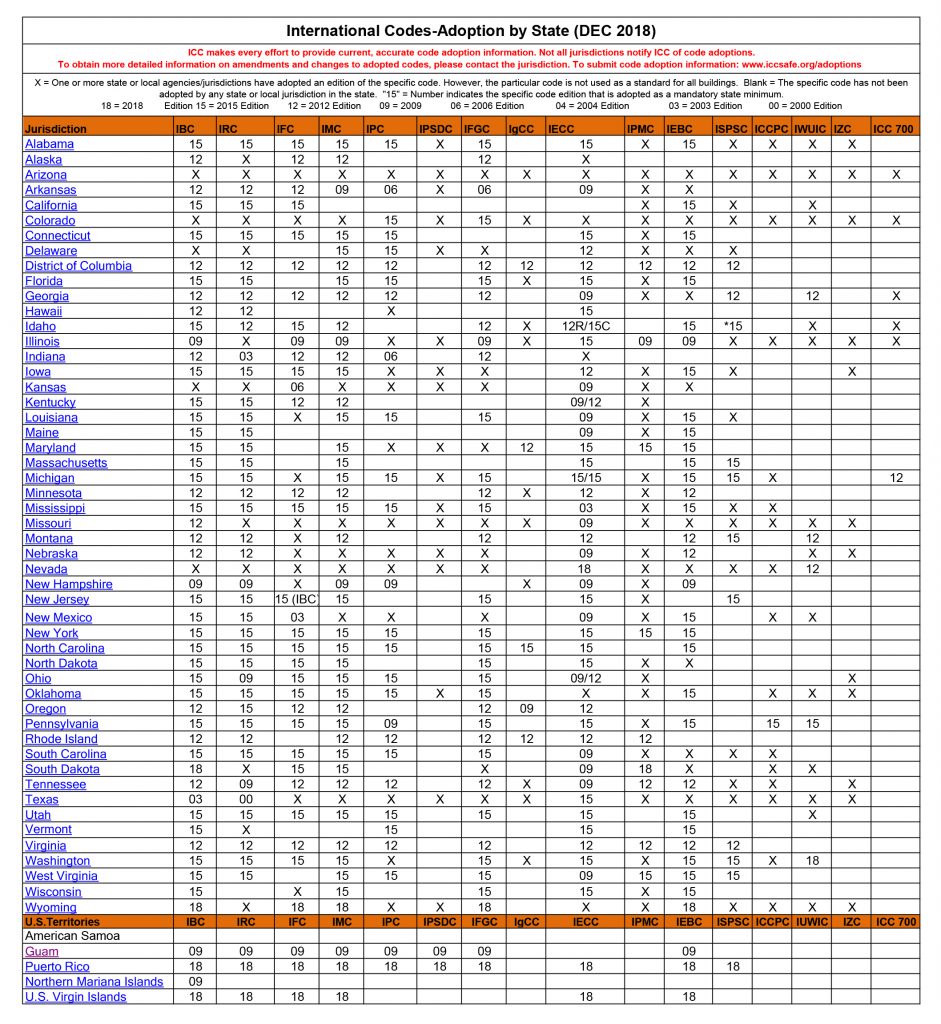
- #Ashrae 90.1 duct insulation requirements verification
- #Ashrae 90.1 duct insulation requirements code
3.4 Btu/W*hr = 1.0 coefficient of performance (COP). In general, commercial equipment now must meet both energy efficiency ratio (EER), which measures efficiency at peak load and integrated energy efficiency ratio (IEER), annual load) efficiencies, while residential equipment must meet seasonal energy efficiency ratio (SEER) efficiencies, which rate efficiency over a range of outdoor air temperatures s. Integrated energy efficiency ratio (IEER) minimum ratings are now required for most direct expansion (DX) commercial air conditioning equipment efficiency. Shading-projection factor multipliers were eliminated for north-facing glass, and formulas were added that limit the amount of glass facing east and west multiplied by its SHGC. Solar heat-gain coefficients (SHGC) were reduced in Climate Zones 4 and 5. Window U-values were reduced Standard 90.1-2016 for Climate Zones 6 through 8 (cold climates).
#Ashrae 90.1 duct insulation requirements verification
If testing is not done, an air barrier installation and verification program is required in addition to prescriptive air-sealing requirements, which was the only alternative in prior editions of ASHRAE 90.1. Buildings larger than 50,000 sq ft can test only portions of the building. The fallback threshold of 0.6 cfm/sq ft was established as a compromise to gain acceptance for this new provision.įor those familiar with the standard 15-mph wind-equivalent infiltration value that is commonly used in heating-load calculations, multiply these infiltration rates by about 0.5 (Q = C*ΔP0.65). Searching for and sealing leaks is required, but not the deconstruction of the envelope unless the leakage still exceeds 0.6 cfm/sq ft after repairs are made. If the building fails, evaluation and additional sealing is required and must reduce leakage to ≤0.6 cfm/sq ft. Persily, presented at the Thermal Envelopes Conference VII in 1998) (~1.5 cfm/sq ft in this reference), so acceptance testing cannot be ignored, nor will sloppy or "normal" construction pass this test. This is better performance than studies of large numbers of buildings have measured (e.g., " Airtightness of Commercial and Institutional Buildings: Blowing Holes in the Myth of Tight Buildings," by Andew K. of water-pressure differential (which is about the velocity pressure of a 25-mph wind) per ASTM E779 or ASTM E18. In the testing option, the leakage must be ≤0.4 cfm/sq ft of envelope (including the roof and bottom floor) at 0.3 in. Prescriptive continuous air barrier design and installation are still an option in Standard 90.1, but whole-building air-leakage testing was added as a new prescriptive alternative. IECC-2018 did not change its climate zones, so different requirements will exist depending on the chosen compliance path (90.1 or IECC prescriptive) in many locations. The standard also added climate zones 0A (hot and humid) and 0B (hot and dry) because Climate Zone 1 is about as hot as Miami, and there are warmer places on our planet. This means less insulation is required for construction in those areas. A perfect example is Wisconsin, where the southern 40% of the state and most of the population was moved from Climate Zone 6A, under which Green Bay falls, to 5A-the same as Chicago. Because many of the criteria in Standard 90.1 are determined by climate zone, including envelope insulation and many HVAC requirements, this can be particularly impactful.

In 2016, the standard is in single-column format for easier reading on computer monitors, is 388 pages long, and has added shading of alternate columns and italicizing of defined terms.ĪSHRAE Standard 169-2013: Climactic Data for Building Design Standards updated the climate maps throughout the world based on warming trends over the most recent 30 years of compiled weather data.


In 2013, the standard was published in a two-column format and was 278 pages long.
#Ashrae 90.1 duct insulation requirements code
Regardless of the minimum code in force, compliance with the latest version of ASHRAE 90.1 will save energy, and each change must meet the cost-effectiveness criteria based on standard engineering economics using a "scalar" method described in this document.įormatting has changed significantly.


 0 kommentar(er)
0 kommentar(er)
